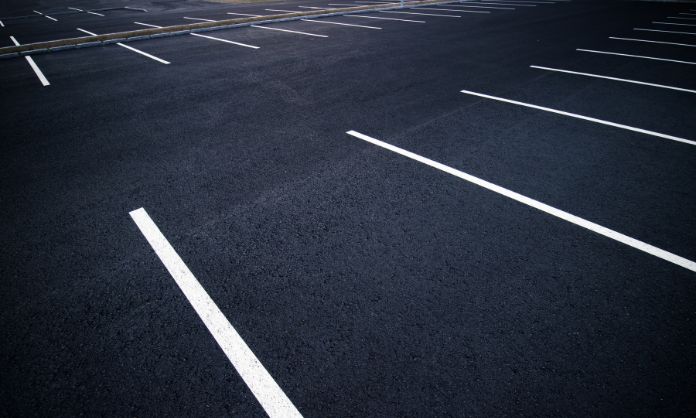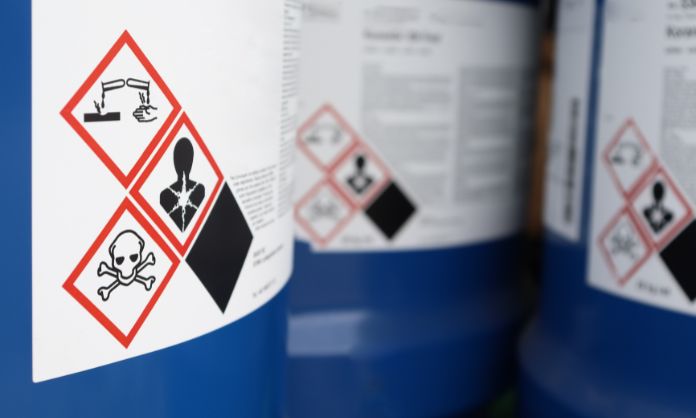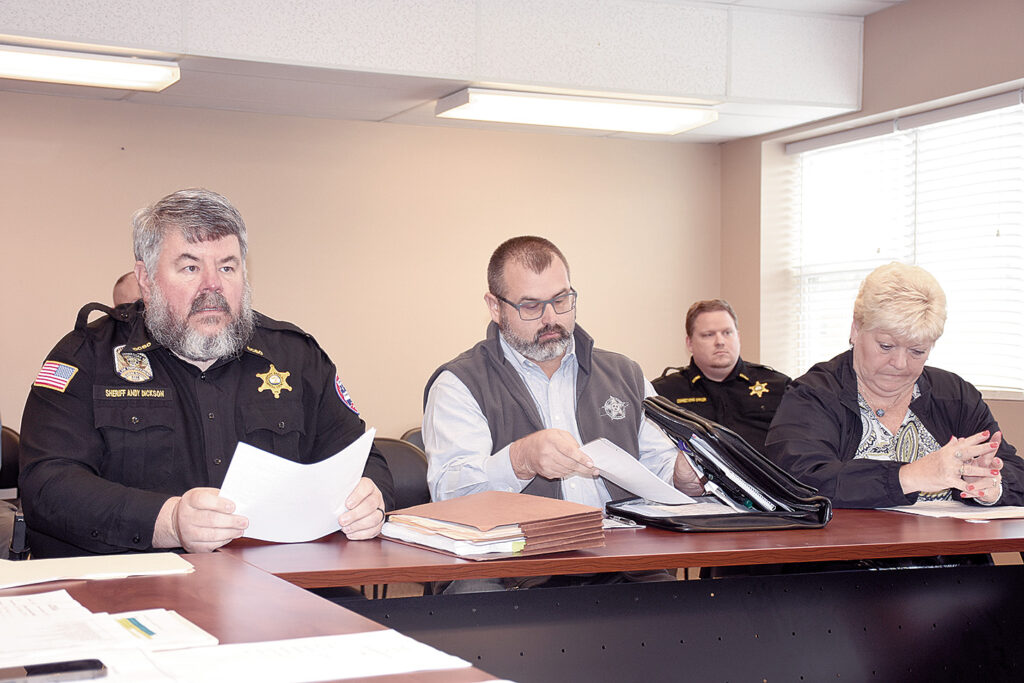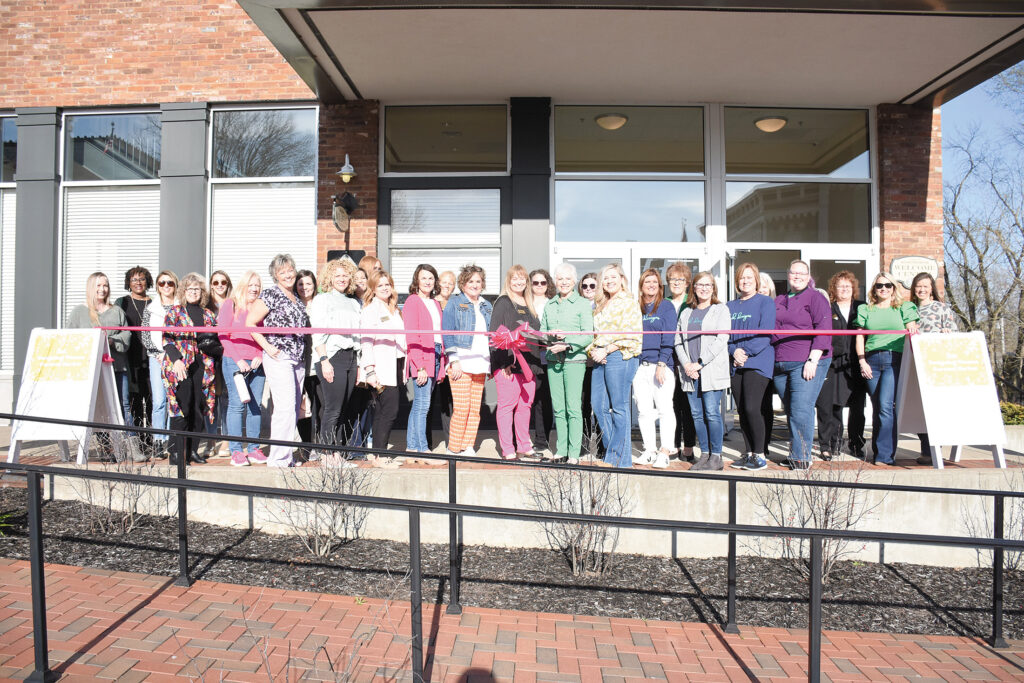If you love car shows that feature classic and vintage autos, you may have toyed with the idea of buying an old junker and restoring it. However, it’s easy to get in over your head. To help you decide if you’re ready, we’ve compiled a beginner’s guide to vintage car restoration.
Be Honest About Your Skills
Have you ever done bodywork or fixed an engine before? Or is your attraction to vintage cars more about appearance? Be searingly honest with yourself about your skills, and don’t take on more than you can handle. Starting small, perhaps with a car that just needs a new paint job or replacement headlights, will help you get to what’s involved: sourcing parts, obtaining the right tools, and investing the time.
Assess Your Available Space
Do you have a spare shed or an extra bay in your garage? Auto restoration requires significant square footage. You’ll need to be able to get completely around and underneath the car to work on it. You’ll also need clean, dry, sheltered space to house parts as you disassemble them.
Define the Project
Car restoration may involve repairing electrical systems, mechanical work on the engine, brakes, steering and other moving parts, bodywork, and upholstery. Before you buy a car to restore, find out how much work it truly needs. Inspect the car thoroughly.
Many flaws will be obvious, but others are harder to detect. If you’re not sure about the engine’s condition or whether replacement parts are available for that model, consult a knowledgeable mechanic you trust or a gearhead friend for advice.
Before you start a car restoration project, join a local club for vintage car enthusiasts. You’ll meet many knowledgeable people who can help you learn the ropes. They’ll know what kinds of parts are tough to find, where to go to source replacement glass, and how to get parts re-chromed.
Take Pictures
At each stage of the project, take plenty of pictures. This is a critical step—not just to make a splash on social media with “before” and “after” shots but to document the position of parts and wiring. You won’t be able to reassemble the car correctly if you can’t remember where things go. Write down the order in which you removed parts so that you can retrace your steps when you put them back together again.
Get Rid of Rust
Both the body and engine parts of long-unused cars may be rusty. Rust removal is a time-consuming process, sometimes involving acidic or caustic materials. Rust must come off the frame and body, and the car may require you to weld in new metal to make it whole again. If you’re not up to it, outsource this part of the project. You can handle the painting once the frame and body are rust-free.
Smaller parts, like bearings or lug nuts, might be salvageable. Vibratory finishing machines can remove rust, smooth surfaces, and prepare parts for paint or coatings. Find a local metalworking shop that has the proper equipment, and see if they can rehabilitate rusty parts.
Vintage car restoration is a labor of love. It takes time, know-how, and patience. As you develop your knowledge and skills, you can start to take on more extensive projects.







